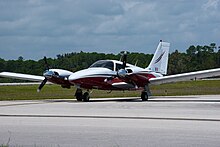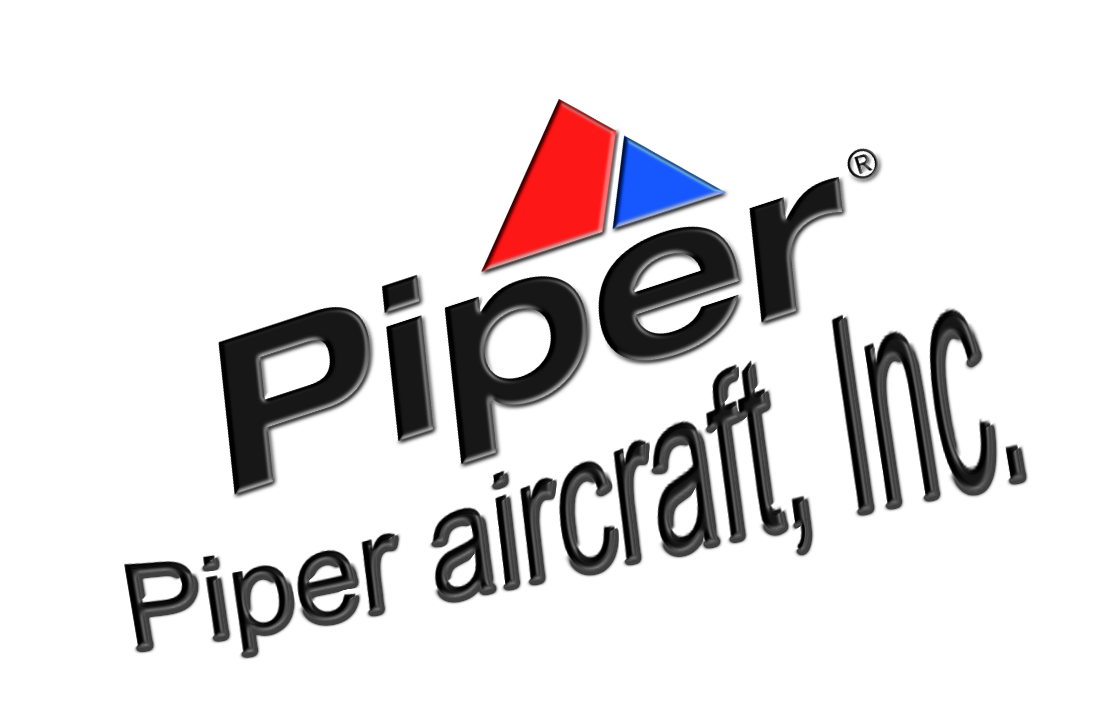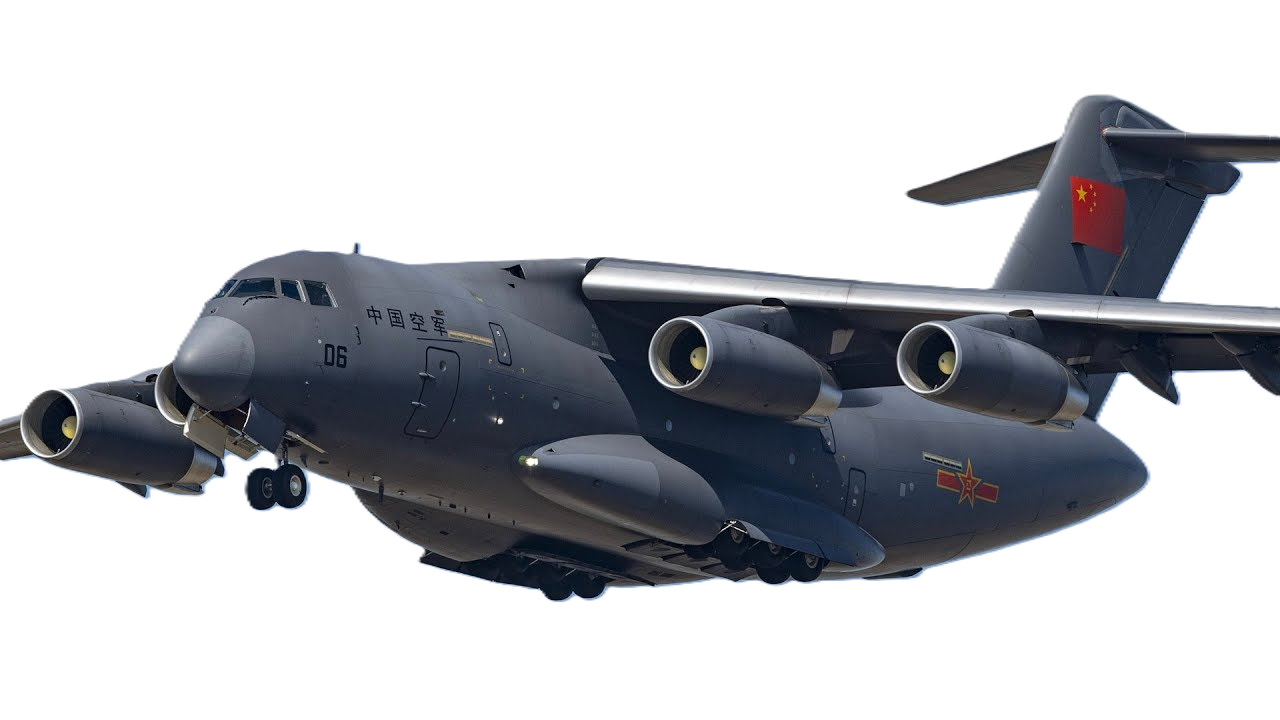Piper aircraft,Inc.
Piper Pa-34 Seneca
|
|||||||||||||||||||||||||
|
|
|
|
|---|
.
History Piper aircraft, Inc.
Piper PA-34 Seneca
is a twin-engined aircraft
that was built between 1938 and 1947 by Piper Aircraft.

The Piper PA-34 Seneca is a twin-engined light aircraft, produced in the United States by Piper Aircraft. It has been in non-continuous production since 1971. The Seneca is primarily used for personal and business flying as well as multi-engine class rating flight training.
Development
The Seneca was developed as a twin-engined version of the Piper Cherokee Six. The prototype was a Cherokee Six that had wing-mounted engines installed, retaining its nose engine. The prototype was flown as a tri-motor aircraft in the initial stages of the test-flying program.
-
Design and development

A Piper Seneca II PA-34-180 Twin Six Seneca
With the decision to abandon the three-engined design tested on the PA-32-3M, the PA-34 was developed as a twin-engined aircraft. The prototype PA-34-180 Twin Six, registered as N3401K, first flew on 25 April 1967. The prototype had two 180 hp (134 kW) Lycoming O-360 engines, a fixed nosewheel landing gear and a Cherokee Six vertical tail. The second prototype flew on 30 August 1968, still with the 180 hp (134 kW) Lycomings but had retractable landing gear and a taller vertical tail. During development flying the wingspan was increased by two feet. The third prototype was closer to the production standard and flew on 20 October 1969; it was fitted with 200 hp (149 kW) Lycoming IO-360-A1A engines
Variants Military
Military

Piper Seneca III showing the one piece windshield - YO-59
- Four US Army Air Corps test and evaluation J3C-65
- O-59
- Production version for the USAAC; 140 built later redesignated L-4
- O-59A
- Improved version, powered by a 65-hp (48-kW) Continental O-170-3 piston engine; 948 built, later redesignated L-4A
0
KmCeiling
0
KmMAX RANGE
0
Km.hAircraft Speed
0
Max Crew
Photo Gallery
Piper PA-34 Seneca
is a twin-engined aircraft that was built
between 1938 and 1947 by Piper Aircraft.


Piper PA-34 Seneca is a twin-engined aircraft that was built between 1938 and 1947 by Piper Aircraft.
General characteristics
- Crew: One
- Capacity: Five or six passengers
- Length: 28 ft 7.44 in (8.72 m)
- Wingspan: 38 ft 10.87 in (11.86 m)
- Height: 9 ft 10.8 in (3.02 m)
- Wing area: 208.7 sq ft (19.39 m2)
-
Powerplant
- Empty weight: (1,457 kg)
- Gross weight: (2,165 kg)
- Max takeoff weight: (2,155 kg)
- Powerplant: 2 × Continental TSIO-360RB and LTSIO-360RB 6-cylinder, air-cooled, horizontally-opposed piston engine, 220 hp (164 kW) each
Specifications
- Maximum speed: 204 kn (235 mph, 378 km/h) at 23,000 ft (7,000 m)
- Cruise speed: (216 mph, 348 km/h) econ cruise at 25,000 ft (7,600 m)
- Range: 870 nmi (1,000 mi, 1,611 km) max fuel, econ cruise at 18,000 ft (5,500 m), no reserves
- Service ceiling: 25,000 ft (7,620 m)
Links to Youtube & Others
The aircraft is popular with air charter companies and small feeder airlines, and is operated by private individuals and companies. One notable civil operator is the Costa Rican Air Surveillance Service
Piper aircraft, Inc.
Piper Pa-34 Seneca
From 1975 the Seneca was built under licence in Brazil by Embraer as the EMB-810.
Youtube Link
An official video of a North Korean Air Force combat flying skills competition released in 2014 shows that the Mi-4 is still in limited service in North Korea











.png)


.png)